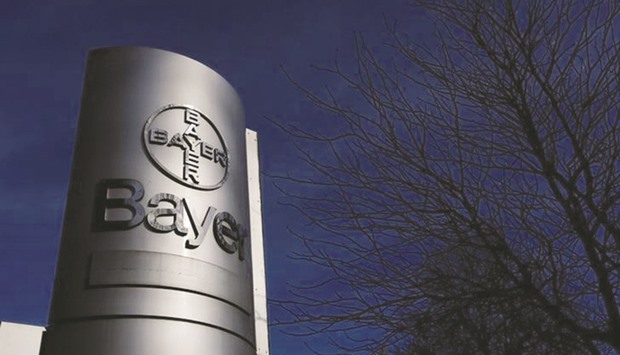The value of announced mergers and acquisitions (M&A) worldwide fell 27% year-on-year to $753bn in the third quarter of 2016, as apprehension among corporate executives about overpaying prevented a repeat of last year’s deal-making frenzy.
The preliminary Thomson Reuters M&A data shows the euphoria that drove merger mania in 2015 has subsided.
While M&A activity remains robust, dealmakers said companies are being more selective in their decisions to do deals.
“With price-to-earnings multiples at historic highs, deals are more likely to happen when there is lower growth in a sector, high potential for synergies, and potential acquirers enjoy a healthy stock price,” said Paul Parker, chairman of global M&A at Goldman Sachs Group Inc.
The stock market is hovering at record highs, while the S&P 500 Index’s price-to-earnings ratio is at its highest level since the 2008 financial crisis.
Combined with uncertainty over the US Federal Reserve’s policy on interest rates, companies have become more cautious when it comes to M&A.
“It does get down to high prices. I think most of last year and the two years prior, even if it was priced high it was OK...
Now, it had better be for a good growth profile,” said Marc-Anthony Hourihan, co-head of M&A for the Americas at UBS Group AG.
This year’s largest deal so far was clinched in the third quarter; German drug and crop chemical maker Bayer AG’s $66bn takeover of US seeds company Monsanto Co is also the biggest all-cash deal on record.
Some of the other big deals this quarter included Enbridge Inc’s $28bn acquisition of Spectra Energy Corp to create the largest North American energy infrastructure company, and Softbank Group Corp’s $32bn acquisition of British semiconductor maker ARM Holdings Plc.
“The strategic consolidation activity occurring has resulted in many CEOs and boards across sectors saying ‘I don’t want to be left out, I don’t want to be the last mover, because then there will be nothing left to do and I may be disadvantaged’,” said Patrick Ramsey, co-head of global M&A, Bank of America Corp.
“This will continue to be a driver of both transformative mergers and sizeable bolt-on acquisition activity,” Ramsey added.
Another factor that has weighed on M&A this year, dealmakers said, is the United States and several other countries flexing their antitrust muscles and seeking to crack down on deals that aid tax avoidance or risk harming national security.
An exception to the heightened price awareness is the pharmaceutical sector.
Drug companies continue to be willing to pay high premiums to buy new products, rather than devote their resources to risky drug development.
In August, Pfizer Inc announced a $14bn deal to acquire cancer drug maker Medivation Inc, at an 118% premium to Medivation’s undisturbed share price.
“Valuations in pharmaceutical companies may not be objectively attractive. You’re just dealing with simple reality that many companies need to fill the pipeline of products to supplement what they are able to produce organically,” said Daniel Wolf, an M&A partner at law firm Kirkland & Ellis.
This quarter, the US had its largest amount of inbound global deals in more than a decade, led by buyers in Europe, Canada and Asia, as the nation’s economy continued to be attractive despite its challenges.
In July, for example, French yogurt company Danone SA said it would double the size of its US business by buying organic foods producer WhiteWave Foods Co for $10.4bn in its largest acquisition since 2007.
“Once-cautious executives are now looking for growth outside their home market, partly because there is a certain degree of frustration with the lack of economic growth in the region.
That makes it even more pressing to look for growth elsewhere and the US remains a logical destination,” said Dietrich Becker, a partner at investment bank Perella Weinberg Partners LP.
That said, Softbank’s deal for ARM shows that some companies have seen the turmoil created by Britain’s vote to leave the European Union as a buying opportunity.

Bayer’s $66bn takeover of US seeds company Monsanto is among the biggest all-cash deals on record.
